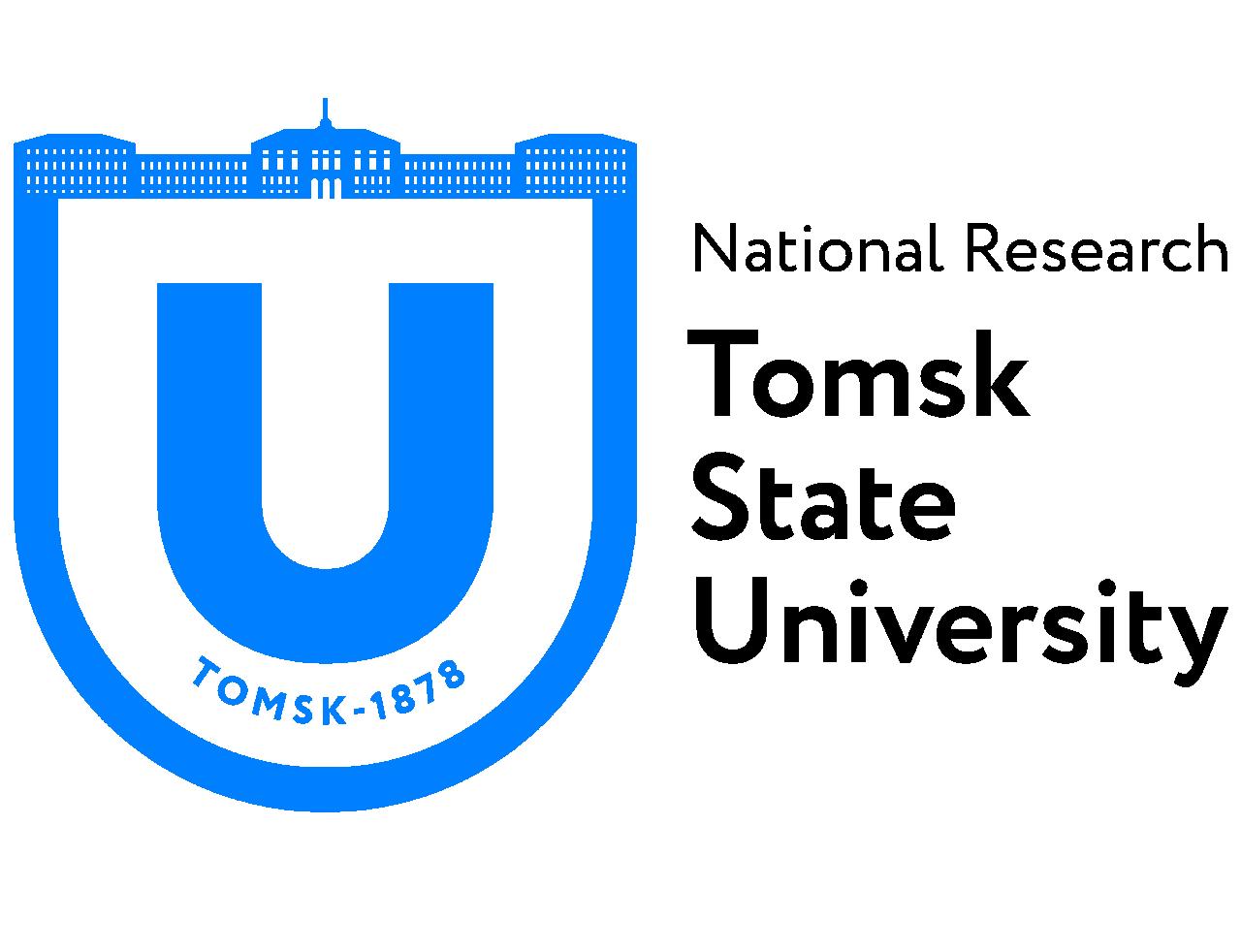Tomsk State University: Scientists will investigate Siberian jungle plants
The staff of TSU Bio-Geo-Clim laboratory and colleagues from St. Petersburg and Novosibirsk are studying the dark coniferous taiga – a territory with amazing biodiversity, which is called the Siberian jungle. Its features are the presence of a whole complex of heat-loving relict species of flora, the gigantism of plants, and an extremely fast cycle of substances in the ecosystem. The joint research is aimed at finding out the reasons why grasses in the dark coniferous taiga grow to the size of shrubs, and shrubs, in turn, sometimes exceed the height of trees in an ordinary forest.
– The dark coniferous taiga is included in the World Wildlife Foundation’s Global 200 project – a type of ranking list of ecosystems (terrestrial, freshwater, and marine) highlighting the unique regions that are most important to preserve – explains Sergey Loiko, senior researcher at the Bio-Geo-Clim laboratory. – The grass cover of the dark coniferous taiga in summer has an average height of 1.5 meters, and in some places up to two meters, and it can, for example, completely hide a person or a rider on a horse.
Along with this, the Siberian jungle has a phenomenally fast turnover of nutrients and the maximum biological productivity of plants, although the soil in these places is very poor. During the season, herbaceous vegetation, wilted in autumn, despite its large volume, has time to completely decompose. The nutrients released in this process are quickly absorbed by perennial rhizomes of tall grasses and ephemeroid plants.
– There are two hypotheses regarding the reasons for the gigantism of plants and the high productivity of ecosystems in the dark coniferous taiga, which are now being tested by our colleagues from St. Petersburg State University, – says Sergei Loiko. – The first hypothesis explains this by the possible presence of specific microbes that provide high ecological functionality of the Siberian jungle. The second is that the special hydrothermal conditions that have historically formed in the area and infrequent fires that usually lead to a decrease in the height of the grass stand. The first results show, as often happens, that the truth is somewhere in the middle, and both hypotheses complement each other.
Studies of samples collected by scientists from the Bio-Geo-Clim laboratory in Siberia will help to quantitatively describe the contribution of two hypotheses to the formation of gigantism in herbaceous plants. The study and isolation of the microbiota of the rhizospheres of tall plants may lead to technology for the targeted cultivation of microorganisms that improve plant growth. This is essential for the development of effective agricultural practices.
It has already been shown that the microbiota of the dark coniferous taiga synthesizes about a hundred previously undescribed active natural compounds. Therefore, scientists emphasize the need for an in-depth study of the dark coniferous taiga and active preservation and protection of the soil of the Siberian jungle. Degradation of this rarest natural resource will have irreversible negative consequences, in which the restoration of a unique ecosystem may be impossible.

